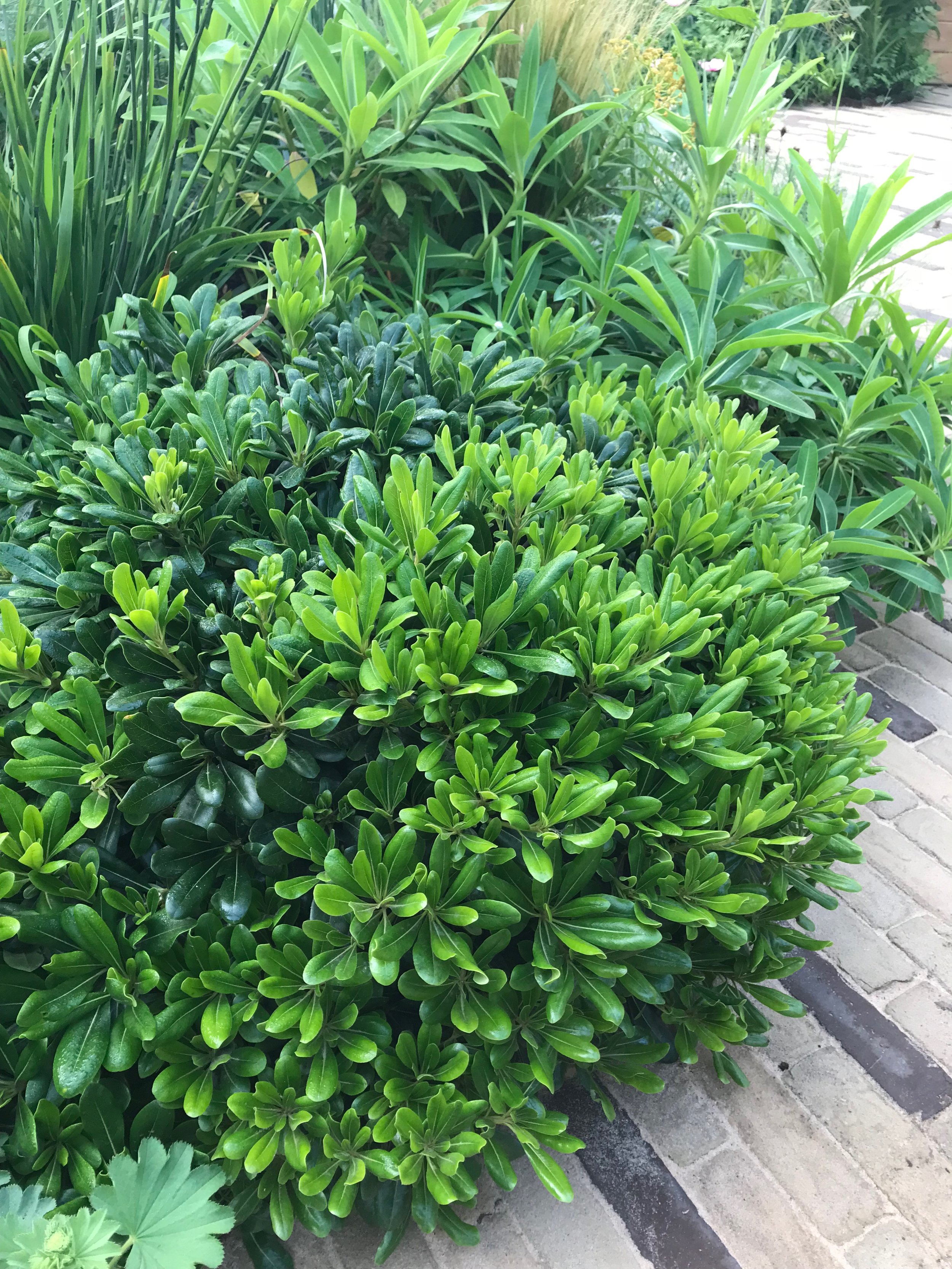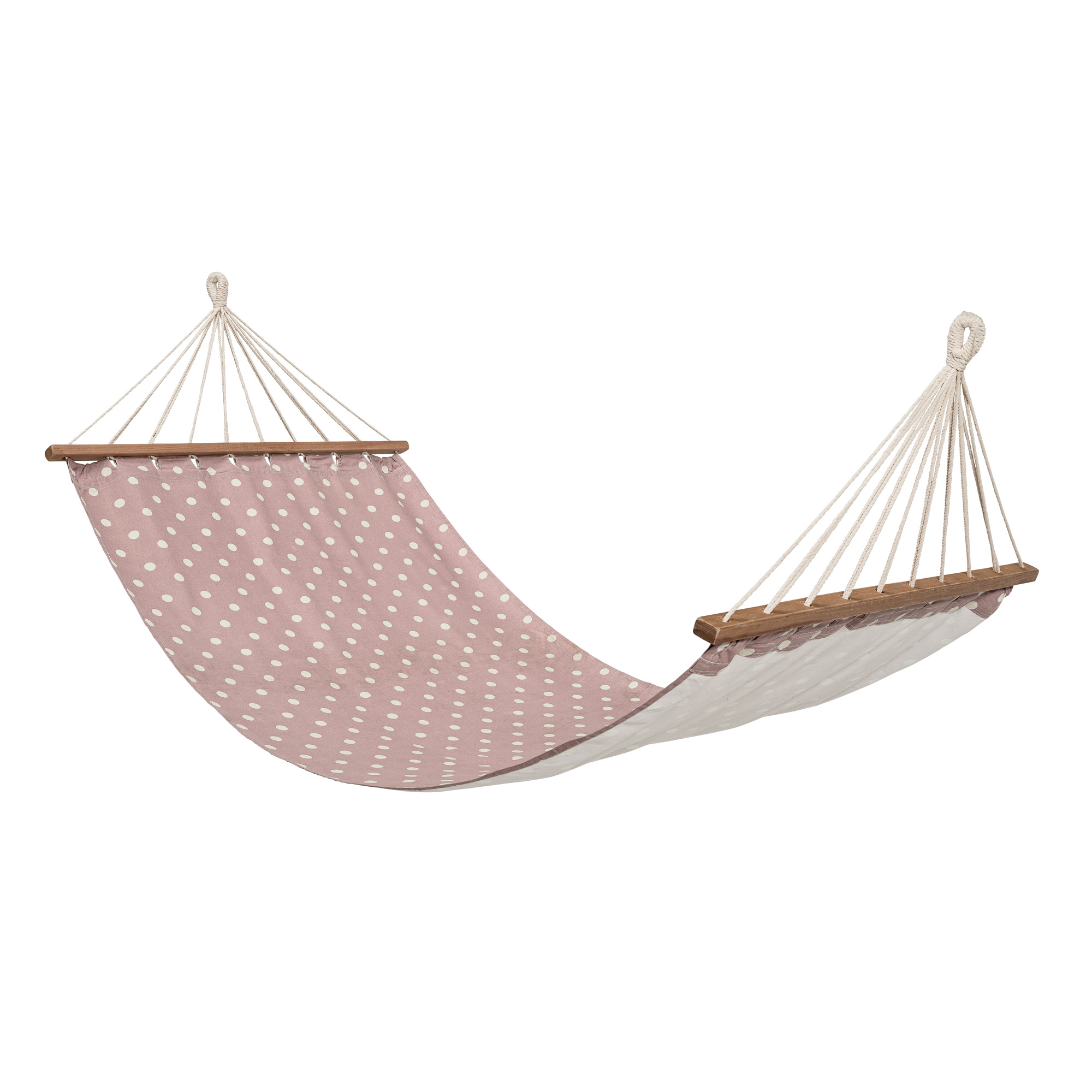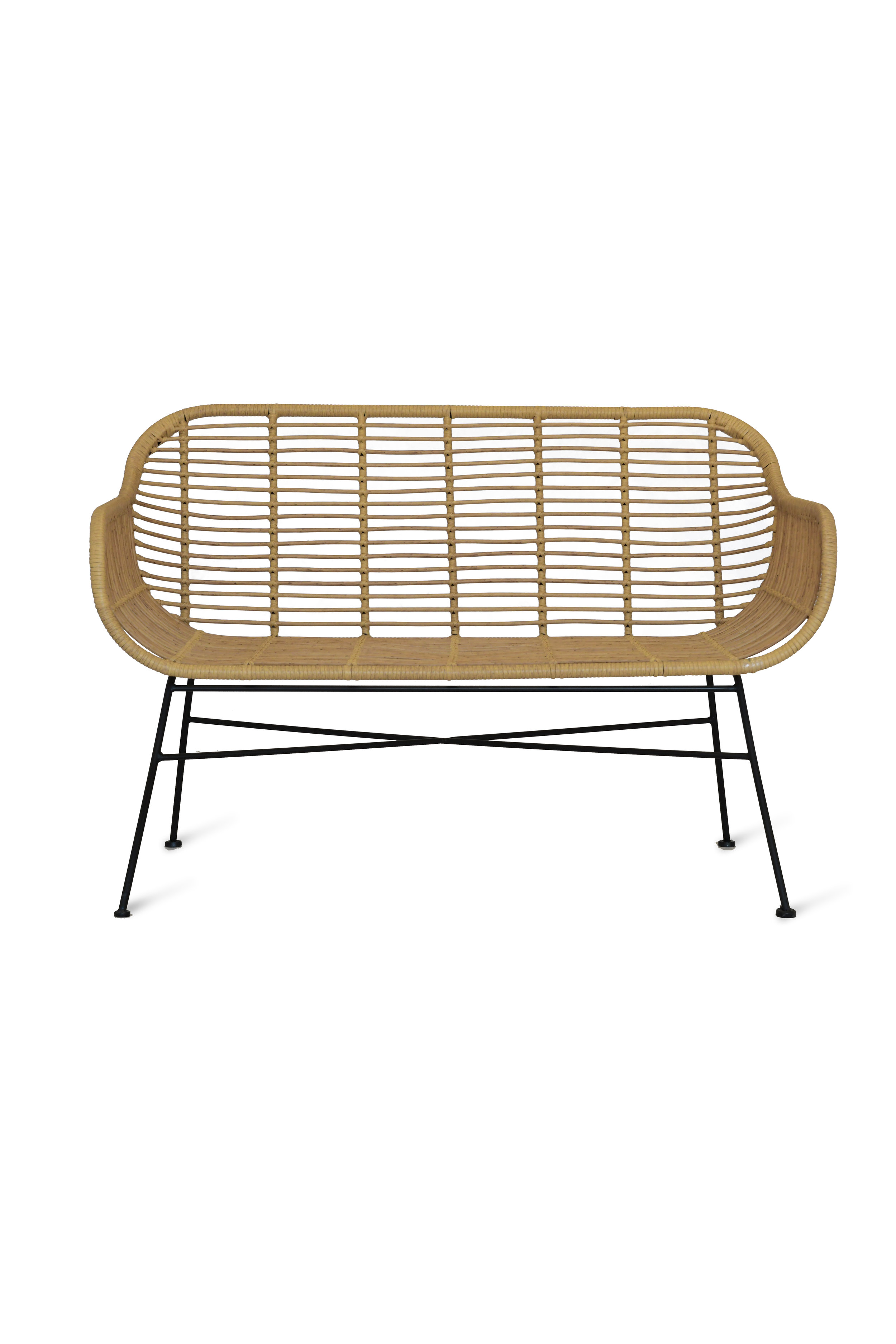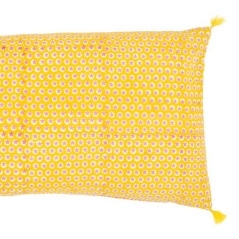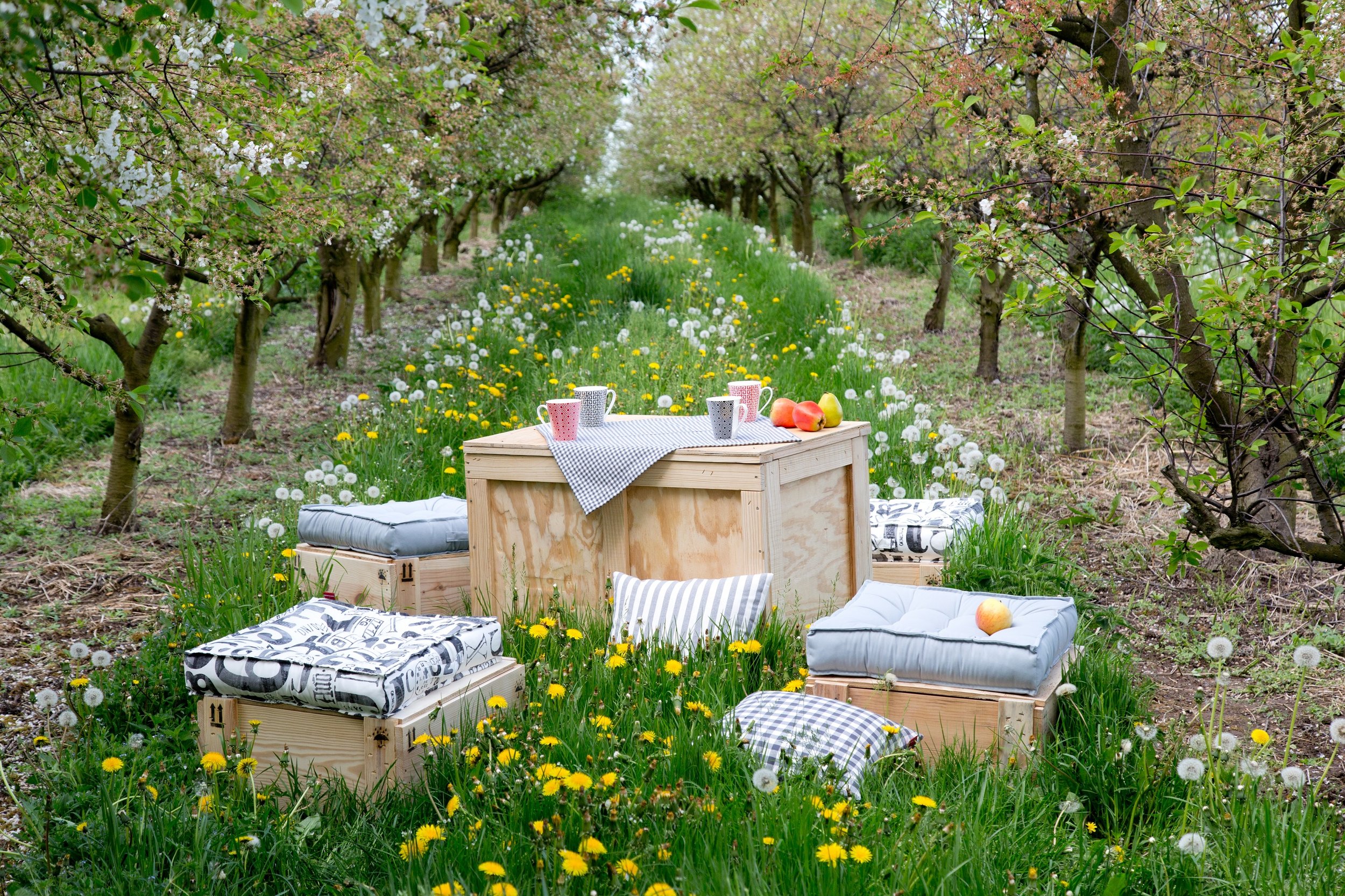Wafty and romantic.
I know I sound like a fashion journalist (and that's NOT what you're here for) but bear with me when I use the words 'key' and 'trend' in the same sentence, and tell you that all things floaty and romantic had the upper hand this year at Chelsea. It was as if someone had sent out a secret decree that forbade hard lines (straight or curved) in the planting on the show gardens. Even the topiary balls were shaggy. It screams laid back laziness and I LOVE it.
Achieving this look requires doing LESS rather than more (hurrah!) but you do have to be careful that your organised, purposeful wafty haven doesn't descend into ACTUAL overgrown chaos.
Here are a few sensible shortcuts
1. Use grasses. See-through. Sensual. I don't need to spell it out.
Briza maxima in Matt Keightley's Feel-Good Garden
2. Use water. It makes light move and glitter and pirouette. It bestows SPARKLE.
Trickles and dancing light in Sarah Price's Mediterranean haven for M&G
You don't have to have lots of time or money to put water in your garden. Although there's no doubt that movement creates magic, you can start off with a large bowl (Waterside Nursery do purpose-built ones made of fibreglass, or you can use a glazed pot with the drainage hole blocked; (you don't even need to put plants in it...just water will do).
3. Be intentionally lazy.
Leave your seed-heads standing - all those beauteous brown things that made winter just about bearable can have a different effect in summer...I'm really surprised how much I love this look; I would never have dreamt of doing it until I saw it yesterday. There's a poignancy to this bit of brown dead stuff that tugs at my heart strings. It's a reminder that life is messy, and beautiful, and complicated, and that we all carry the brown spiky bits inside of us all the time. There is also an elegant nonchalance to it - no primping or preening here.
Teasel seed-heads in Kate Crome's Epilepsy garden
And again here - same but different - the charred remains of plant material from the South African fynbos. The black is almost sculptural against that zingy orange. I'm won over.
Fynbos landscape on Jonathan Snow's South African Wine Estate for Trailfinders
4. Embrace shaggy.
It's an aesthetic that says "I'm far too busy living my life for all this clipping". On many of the show gardens, small balls of Pittosporum tobira 'nanum' were as smart as it got. The hard landscaping was left to do all the work of providing a foil to a mass of foliage. This really does still work, providing an alternative to box or yew, or any of their close-clip-friendly pals. Watch out though, before you purchase - this stuff is not fully hardy and you may need to fleece it in a hard winter. A well-tended Sarcococca confusa, which can be clipped into shaggy balls, or even yew, allowed to get a bit away from itself will be much less hassle for those who don't want the bother of worrying about frost.
x Laetitia




